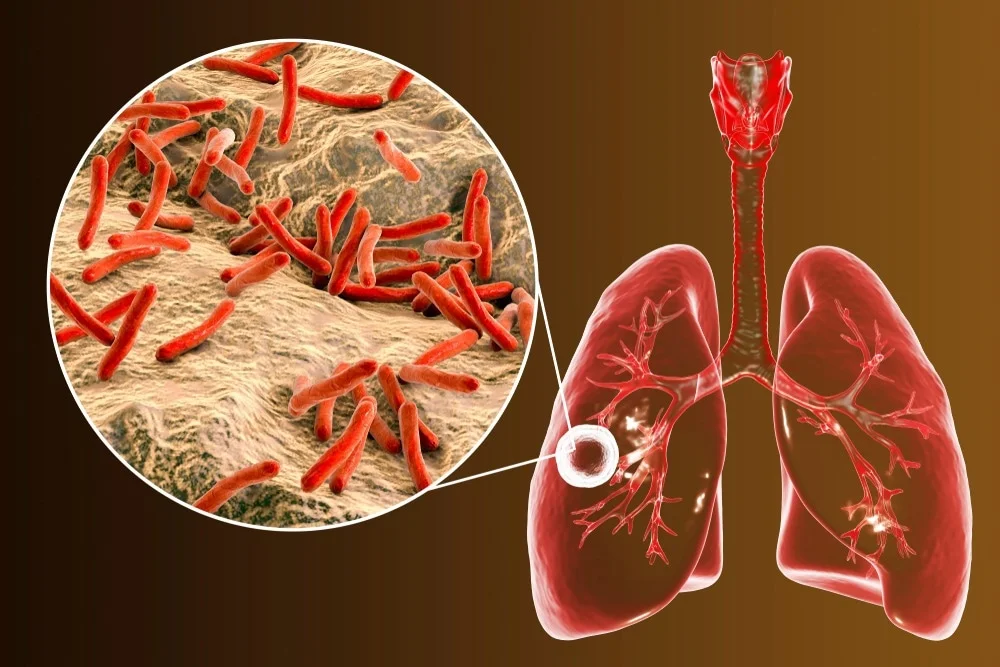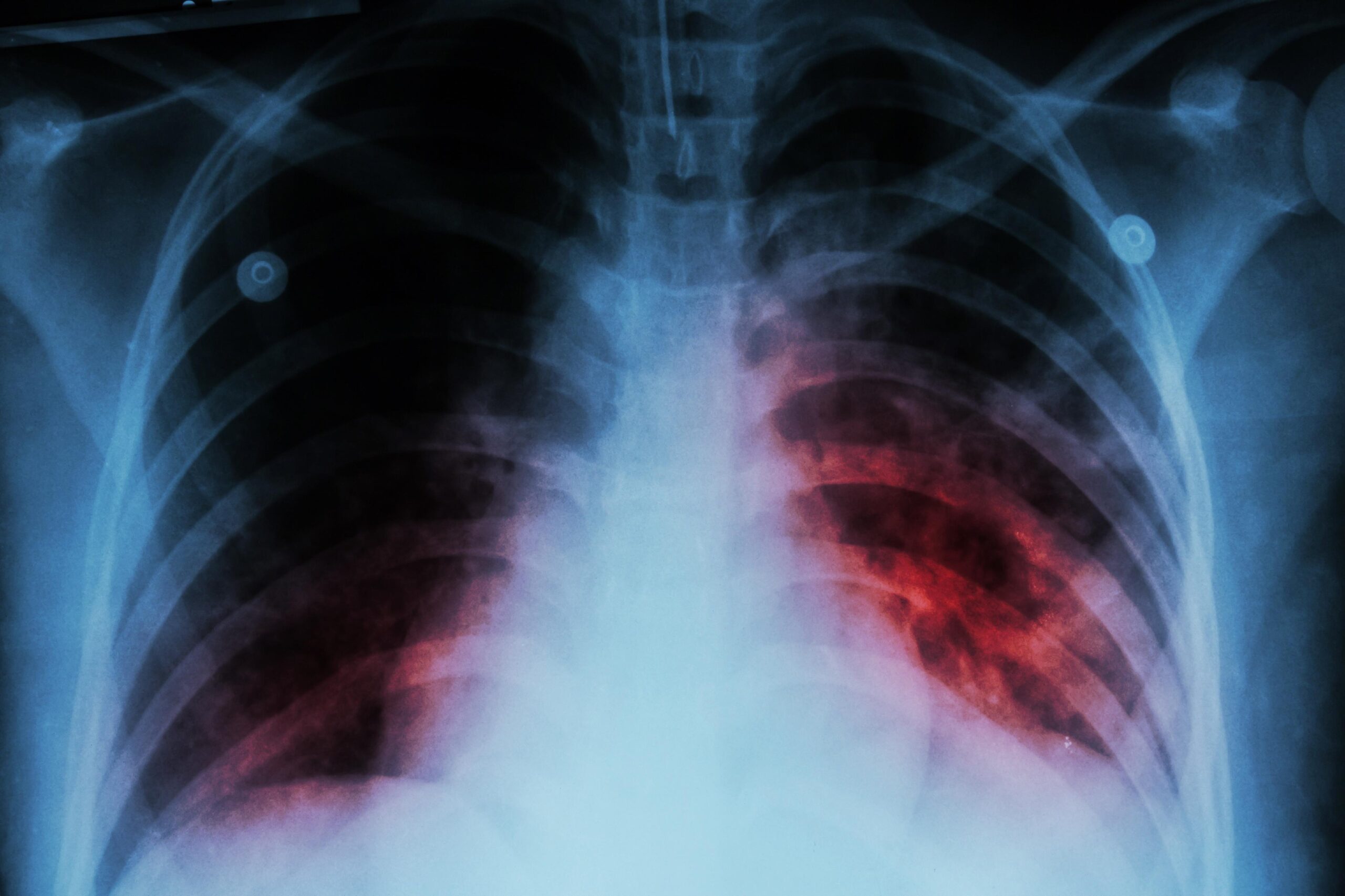Symptoms and Treatment
Polymyositis is a rare inflammatory disease that affects the muscles in the body. It is an autoimmune disorder that causes muscle weakness and can be a significant challenge to manage. The exact cause of polymyositis is unknown, but it is believed to be linked to a malfunction in the immune system, which causes it to attack the muscles.
Symptoms of polymyositis :Typically its develop gradually and can worsen over time. The most common symptom is muscle weakness, particularly in the proximal muscles (shoulders, hips, and neck), which can make it difficult to perform daily activities like lifting objects or climbing stairs. In some cases, there may be difficulty swallowing or breathing, which can be life-threatening.
Polymyositis can affect people of all ages, but it is more common in adults between the ages of 30 and 60. Women are more likely to develop the condition than men. Polymyositis is often associated with other autoimmune disorders like lupus or rheumatoid arthritis.
Diagnosis of polymyositis: it is typically involves a combination of physical exams, blood tests, and imaging tests like MRI or CT scans. A muscle biopsy may also be performed to confirm the diagnosis and rule out other possible causes of muscle weakness.
The treatment of polymyositis typically involves a combination of medication, physical therapy, and lifestyle changes. The goal of treatment is to reduce inflammation in the muscles and improve muscle strength and function.
Corticosteroids, such as prednisone, are commonly prescribed to reduce inflammation in the muscles. Other medications like immunosuppressants, such as methotrexate or azathioprine, may also be used to help control the immune system and reduce inflammation.
Physical therapy is an essential part of the treatment plan and can help improve muscle strength, flexibility, and function. The physical therapist may also recommend specific exercises to help improve swallowing or breathing function.
Lifestyle changes may also be necessary to manage the symptoms of polymyositis. This may include modifying daily activities to conserve energy and prevent muscle fatigue. A healthy diet and regular exercise can also help improve overall health and may help manage the symptoms of the condition.
In severe cases, intravenous immunoglobulin therapy may be necessary to control the symptoms of polymyositis. This involves infusing a solution of immunoglobulin directly into the bloodstream, which can help improve muscle strength and reduce inflammation.
Overall, the prognosis for people with polymyositis varies depending on the severity of the condition and the response to treatment. With proper management, many people with polymyositis are able to maintain a good quality of life and continue to participate in daily activities.
Polymyositis is a rare and challenging condition that affects the muscles in the body. The most common symptom is muscle weakness, particularly in the proximal muscles, which can make it difficult to perform daily activities. Diagnosis typically involves a combination of physical exams, blood tests, and imaging tests. Treatment involves a combination of medication, physical therapy, and lifestyle changes. With proper management, many people with polymyositis are able to maintain a good quality of life and continue to participate in daily activities.



